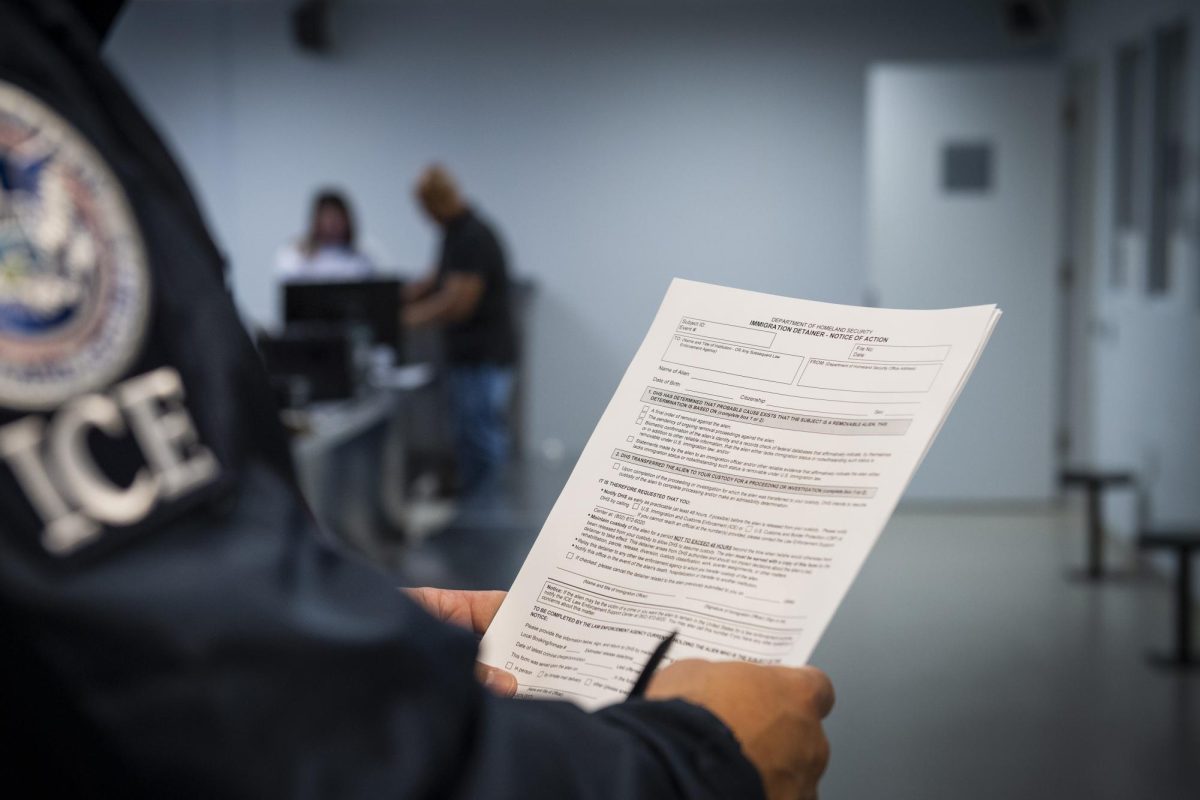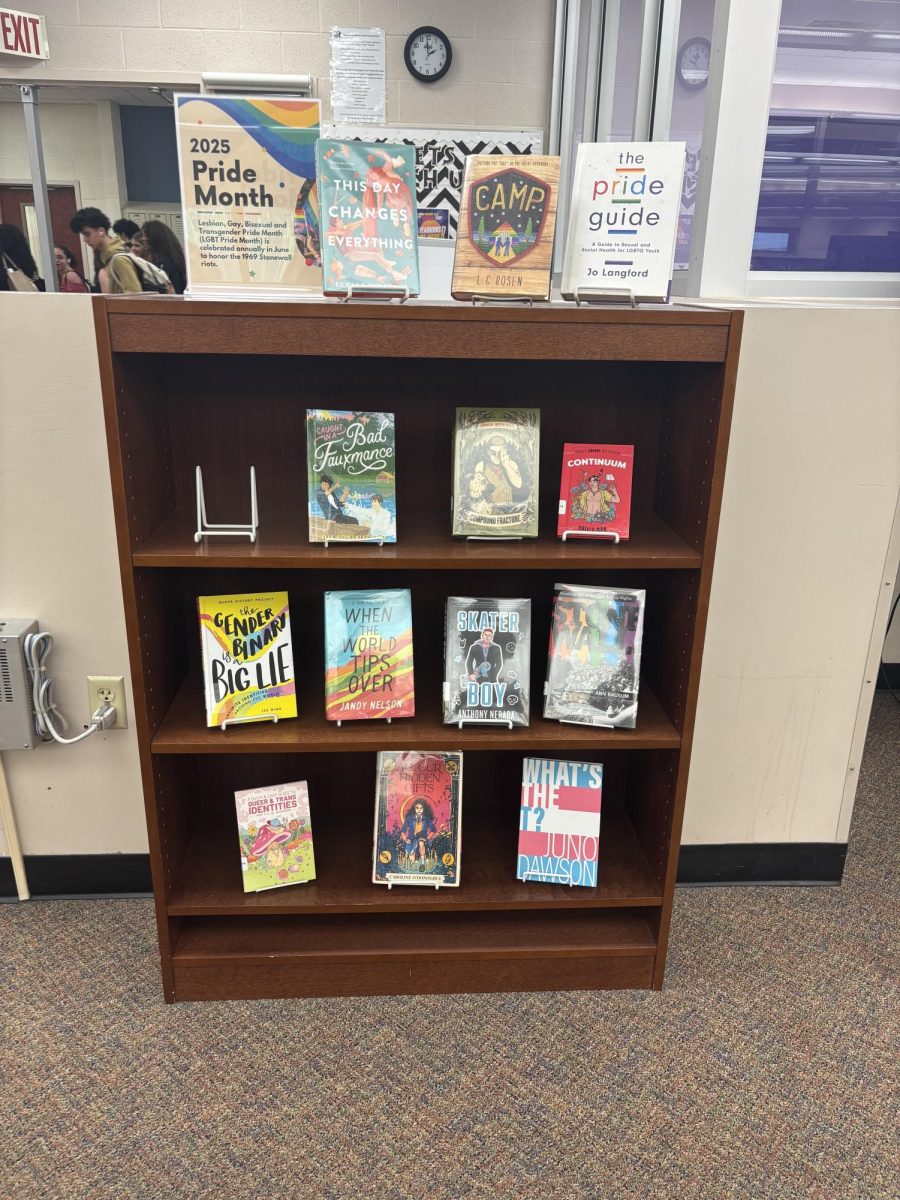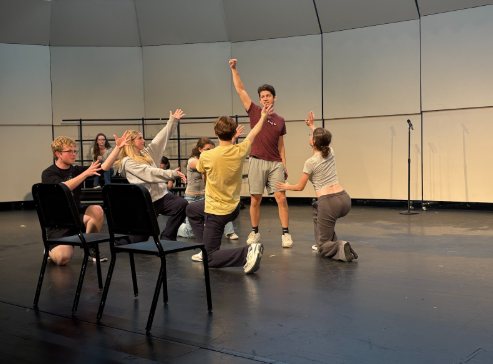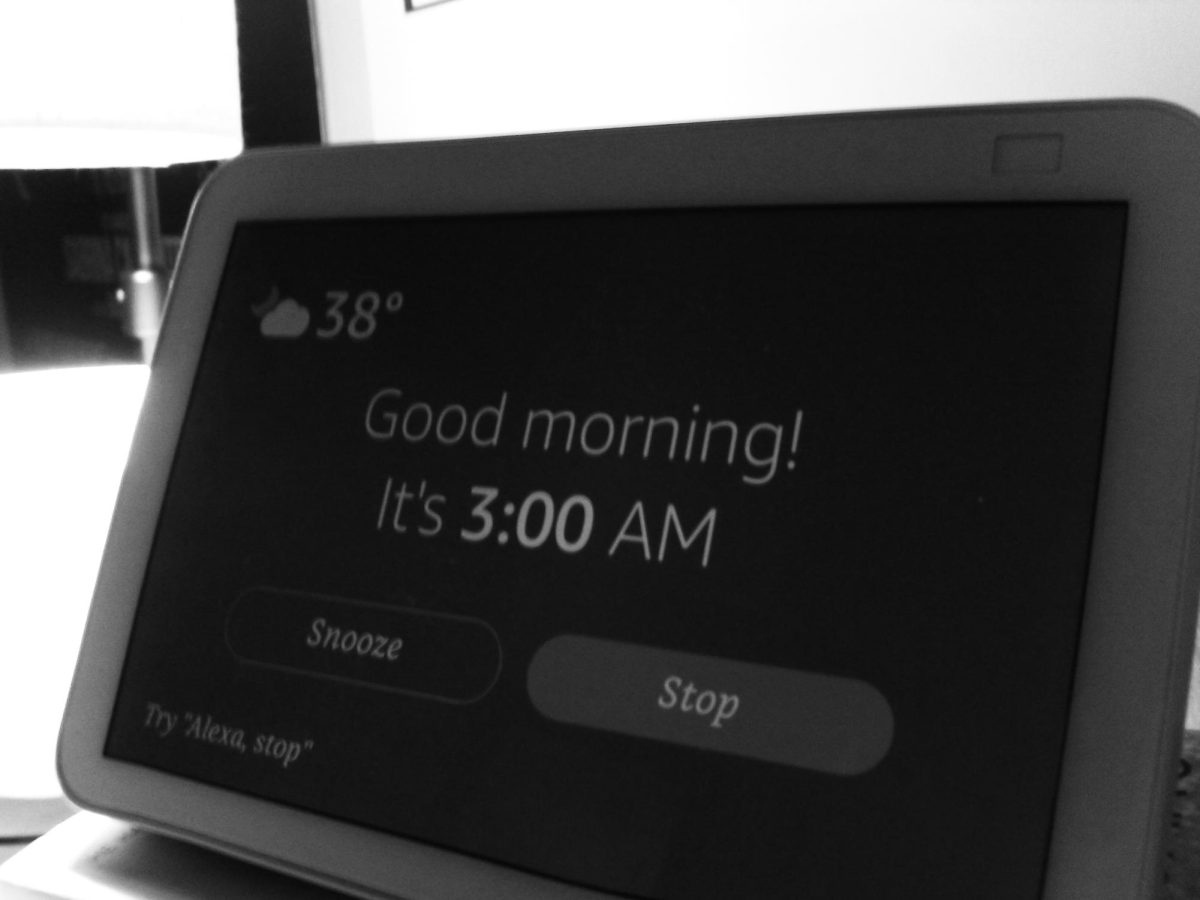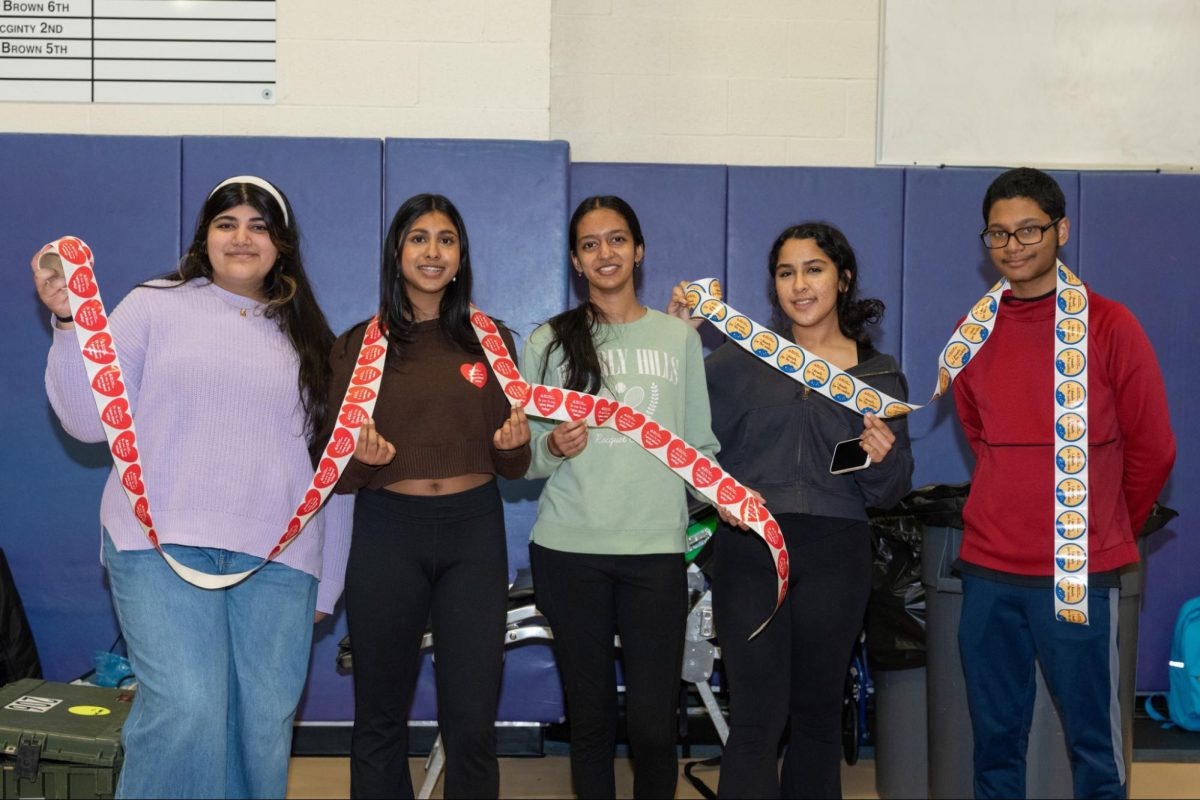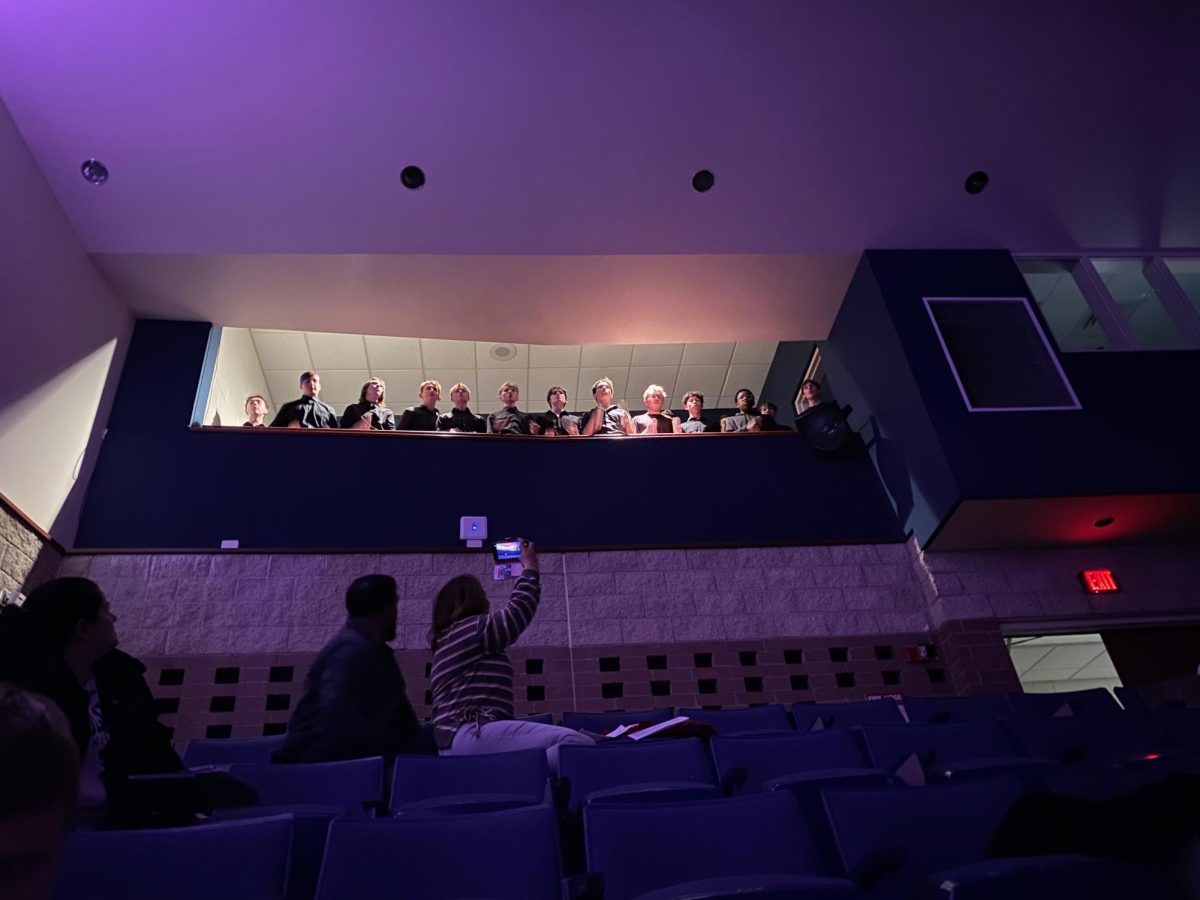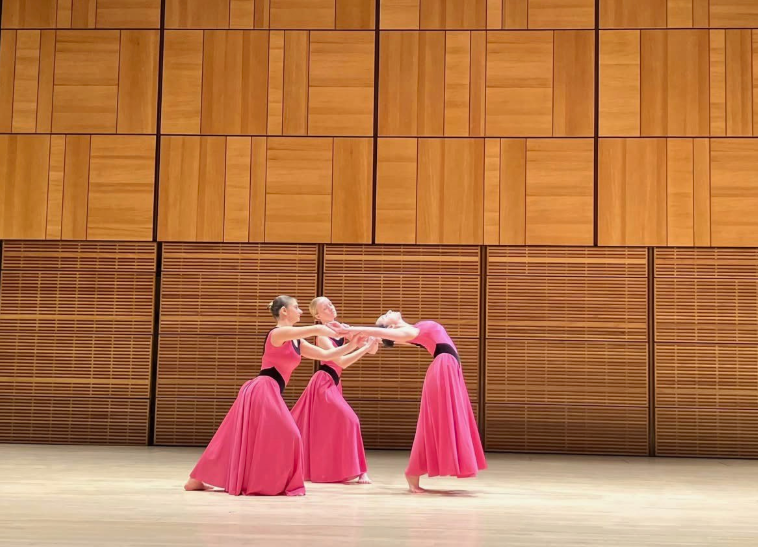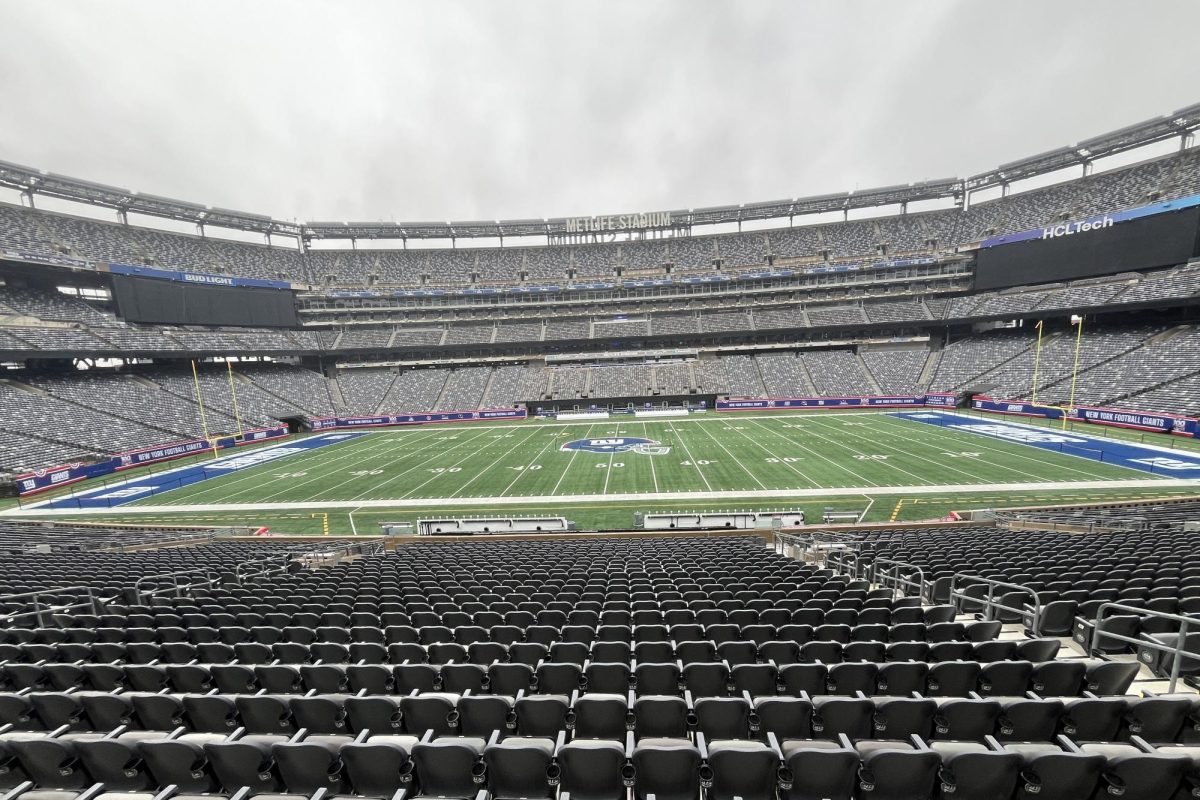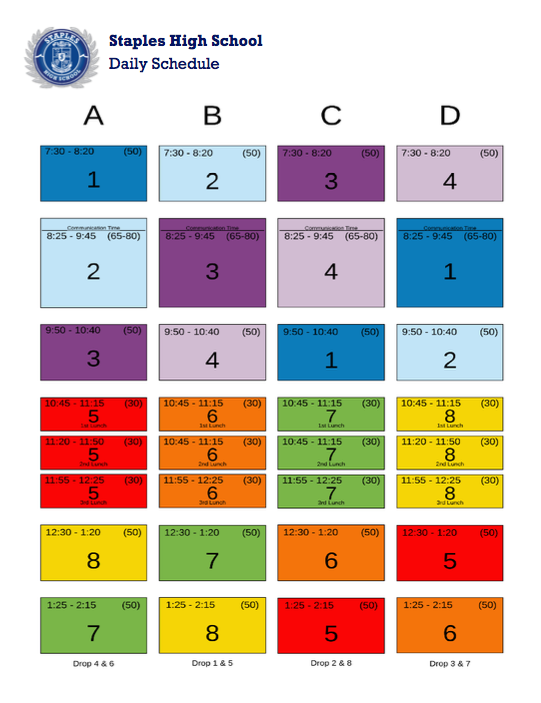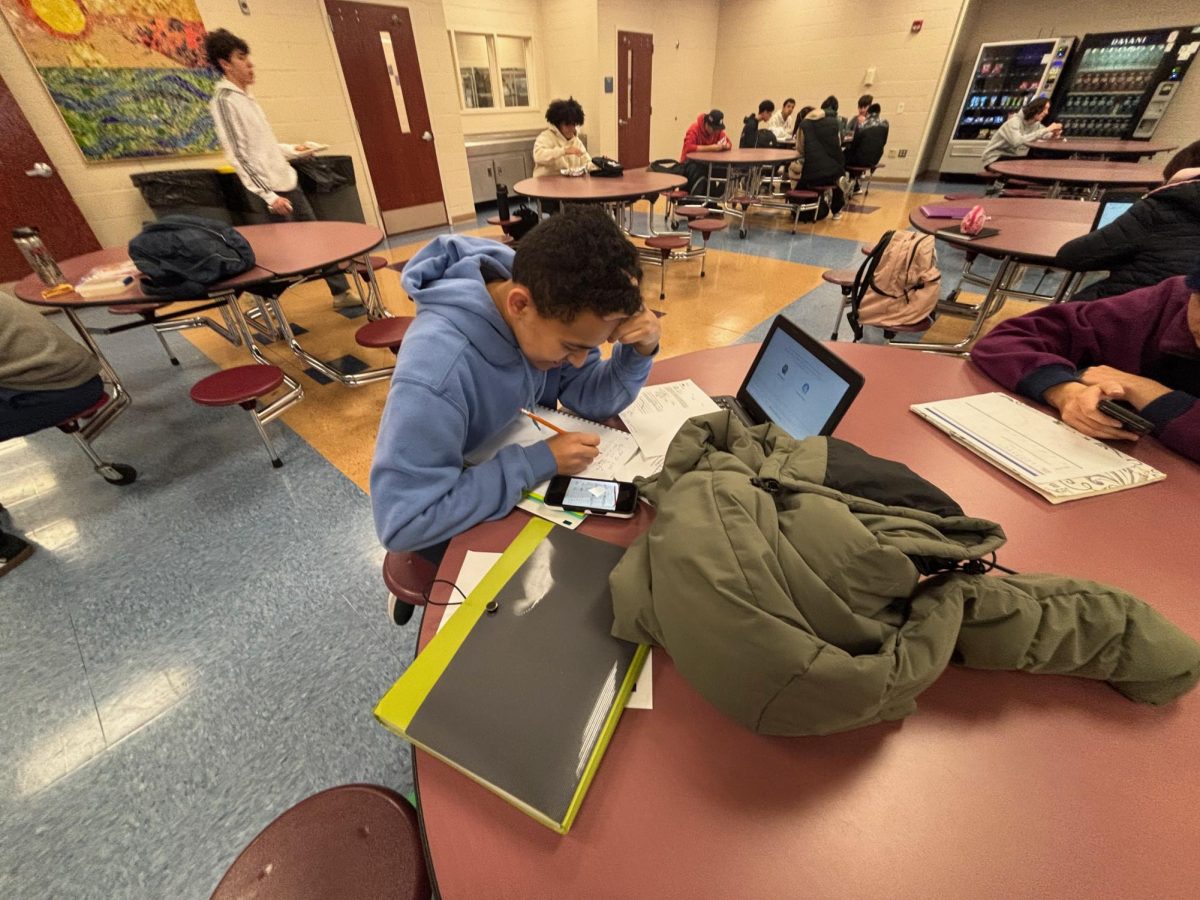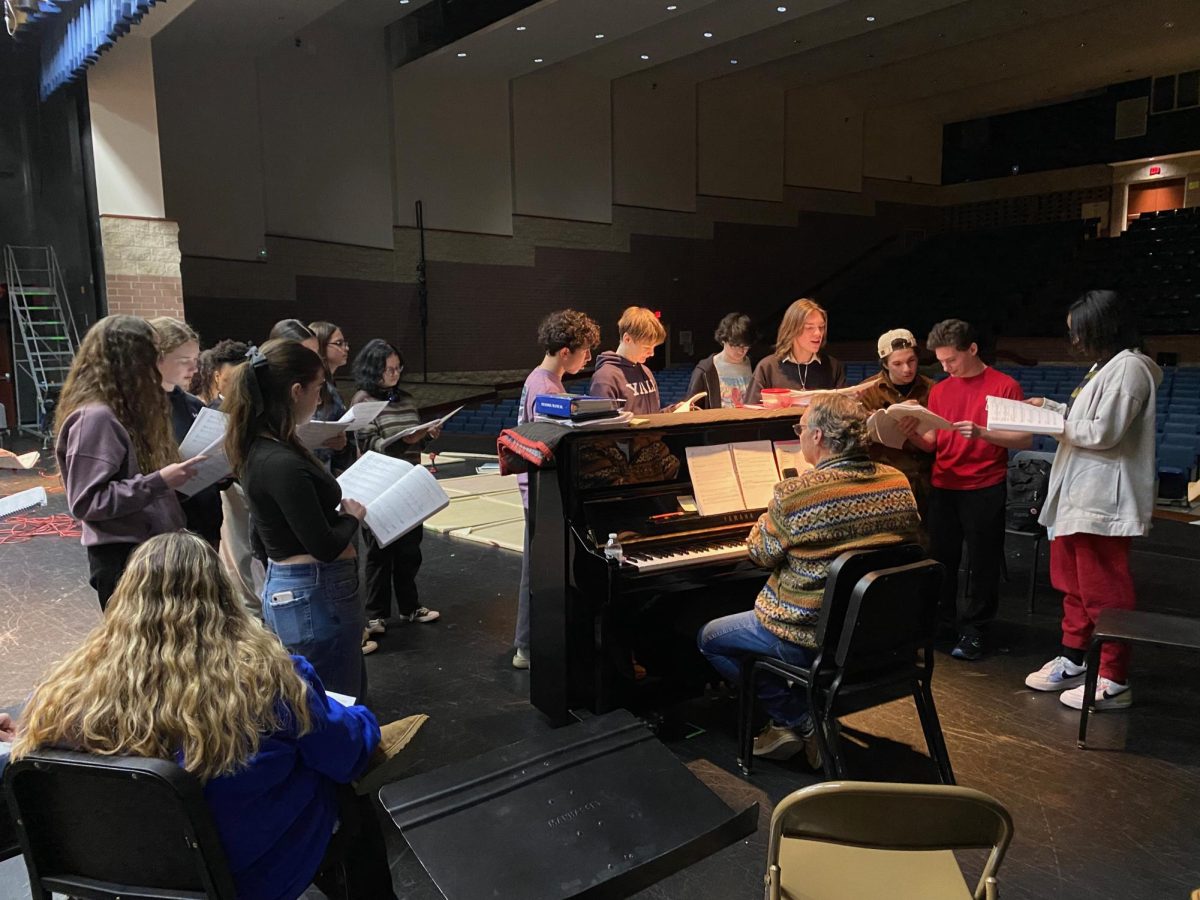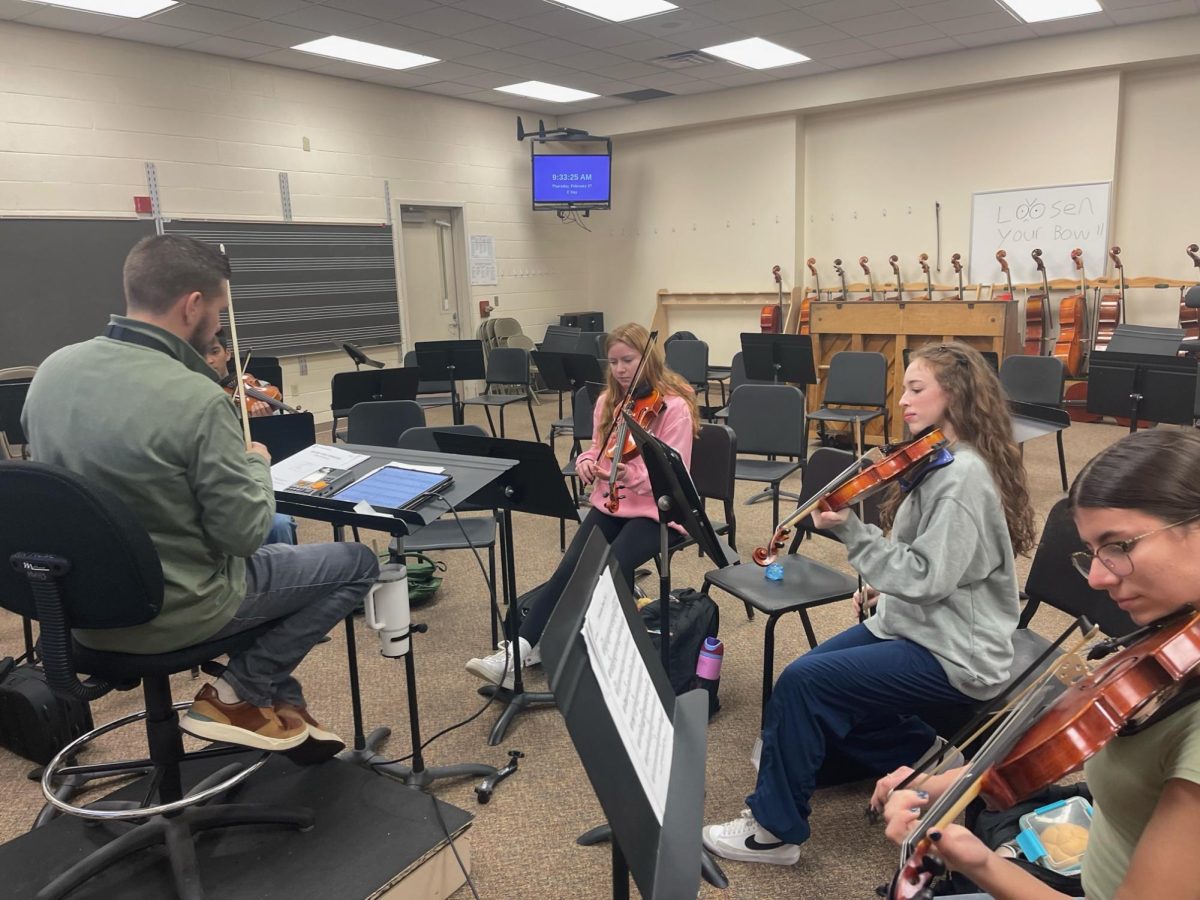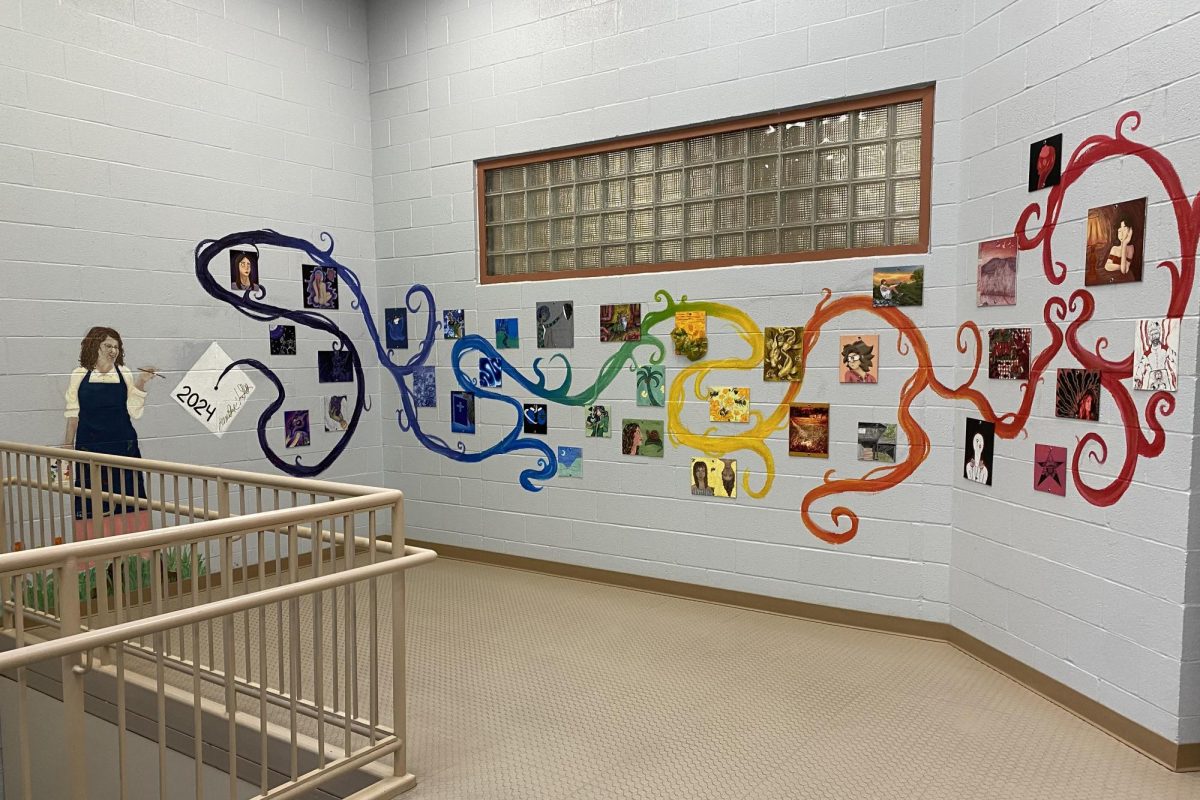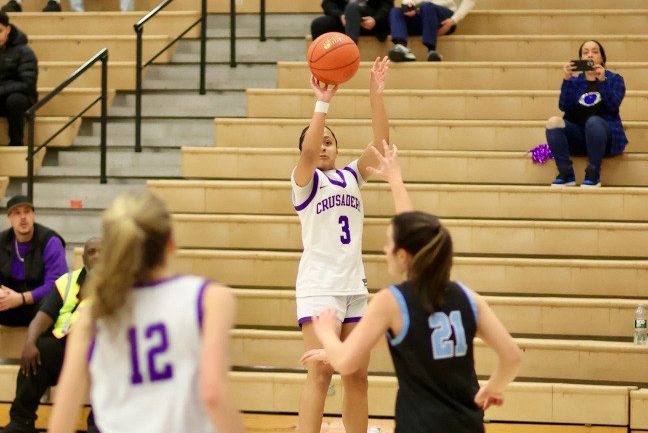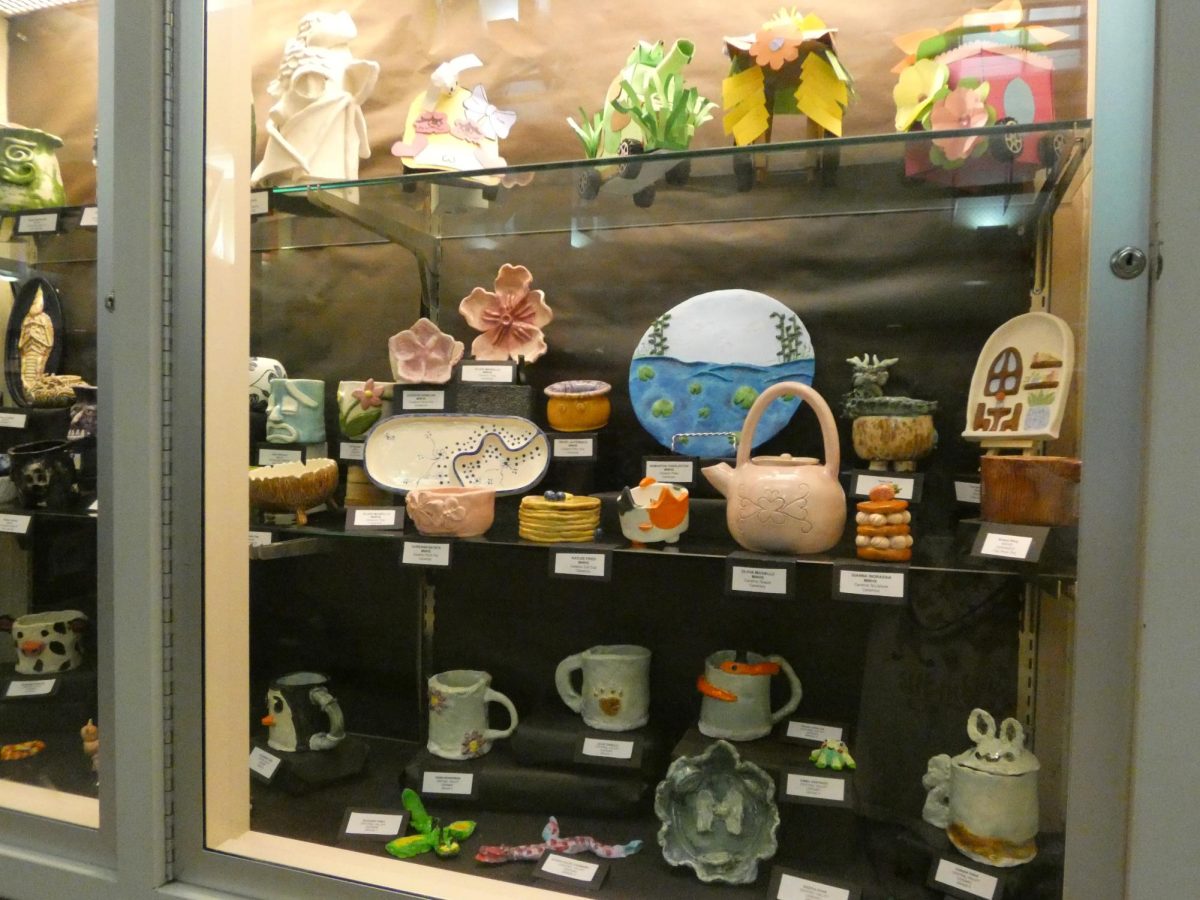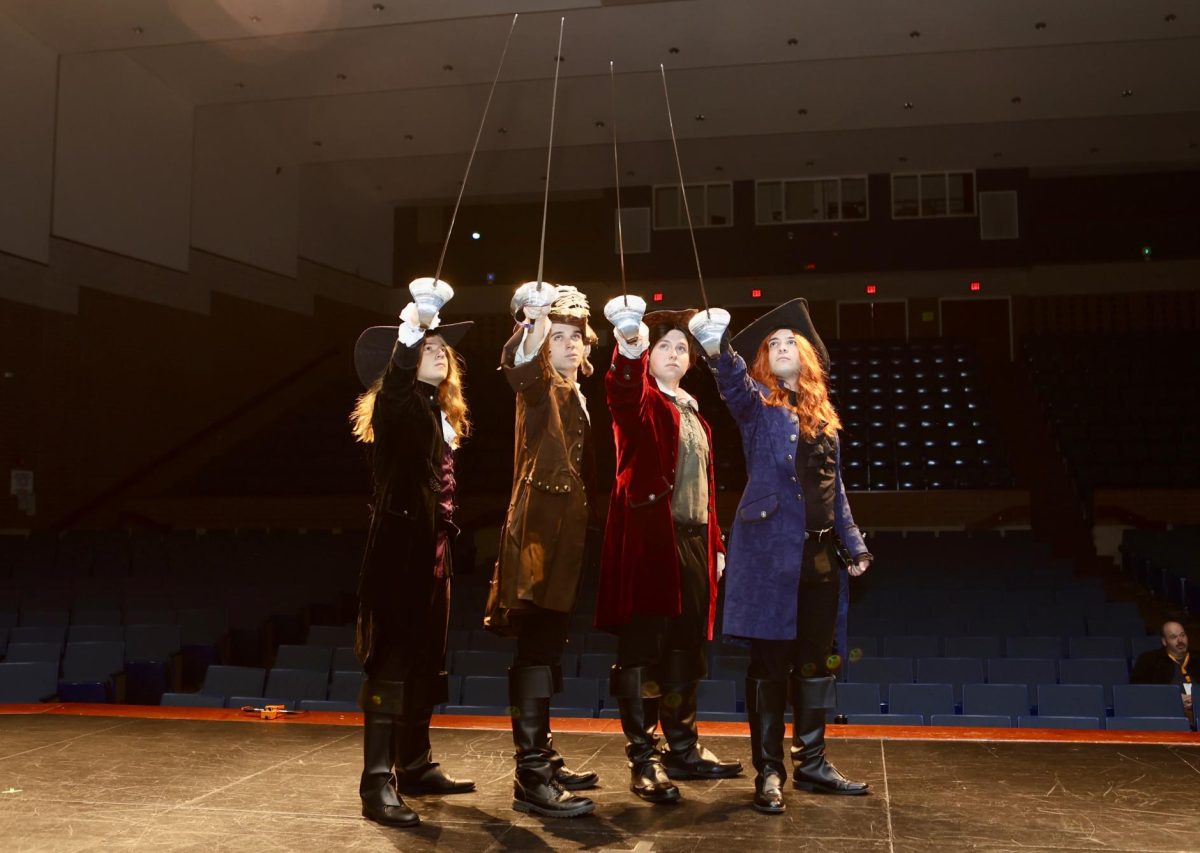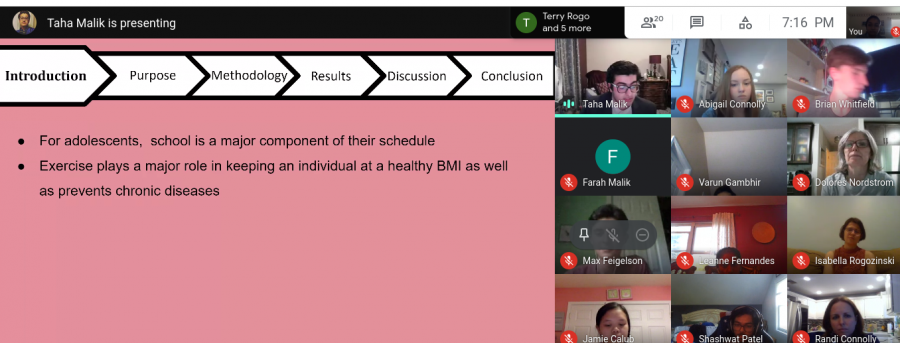Science Research Holds First Virtual Symposium
Senior Taha Malik presented his research on COVID-19 confinement and changes of adolescents dietary habits.
June 10, 2021
The Science Research course in Monroe-Woodbury High School recently held a virtual science symposium on May 20. While normally held in person, the symposium was done entirely online this year due to restrictions from COVID-19.
The symposium was held through a Google Site, and those who wished to attend it had to RSVP and were sent the link on the day of the event. The site combined both live and pre-recorded elements of students presenting their research.
“The Google Site had different rooms for the welcome speech and senior speaker presentations,” said teacher Ms. Flanagan. “Additionally, all students had to pre-record their poster presentations and they were also posted on the site.”
One thing many of those who were a part of the symposium believed worked well was the website. The organization and accessibility of the website specifically were seen as successful by many.
“The rooms were an effective way to organize the presentations, and no one seemed to get lost,” said sophomore Jamie Calub.
Junior Varun Gambhir also supported how the symposium was arranged and made available.
“I like how accessible it was this year,” said Gambhir. “Because of it being online, anyone wherever they may be could log in and watch, making it much more accessible.”
The symposium being held online also allowed for a larger audience, as those who attended could do so from anywhere, as well as those who presented. This allowed the presenting to be easier for seniors who had to do it live.
“The online format was definitely less stressful,” said senior Emma Bernstein.
Issues were present, however, with students presenting their research online, specifically those who were doing it live. Students encountered a variety of technical issues that impacted their presentation.
“There were a couple of technical issues,” said Calub. “This included granting permission to present as well as wifi issues.”
Another aspect that was lost due to the virtual format was how the audience could communicate with those in the course.
“There was a lack of direct interaction, as sessions were not in person,” said Flanagan. “Interactive moments such as questioning sessions were more difficult due to technical issues such as delays in unmuting.”
Bernstein also agreed that the inability to present in person was a disadvantage.
“I always pictured doing it in person,” said Bernstein. It was a little disappointing not being able to do that this year.”
Nevertheless, plans for the next symposium are not to return to a fully in-person format but rather a hybrid one.
“In the future we would like to do a combination of the virtual and in person option,” said Flanagan.
This format would allow benefits from both the in-person and virtual symposium to be present, and could benefit more people than if the symposium were to be held in a single format.
“I think next year it could be mixed, being both public whilst also being live streamed on a meet,” said Gambhir. “This would keep the best of both worlds.”

